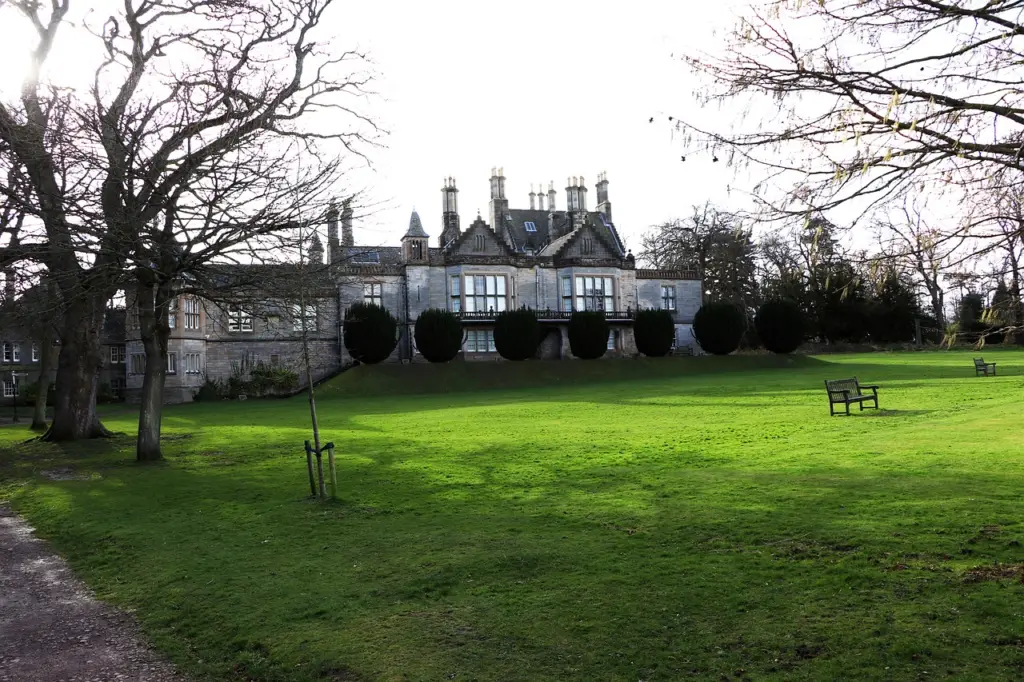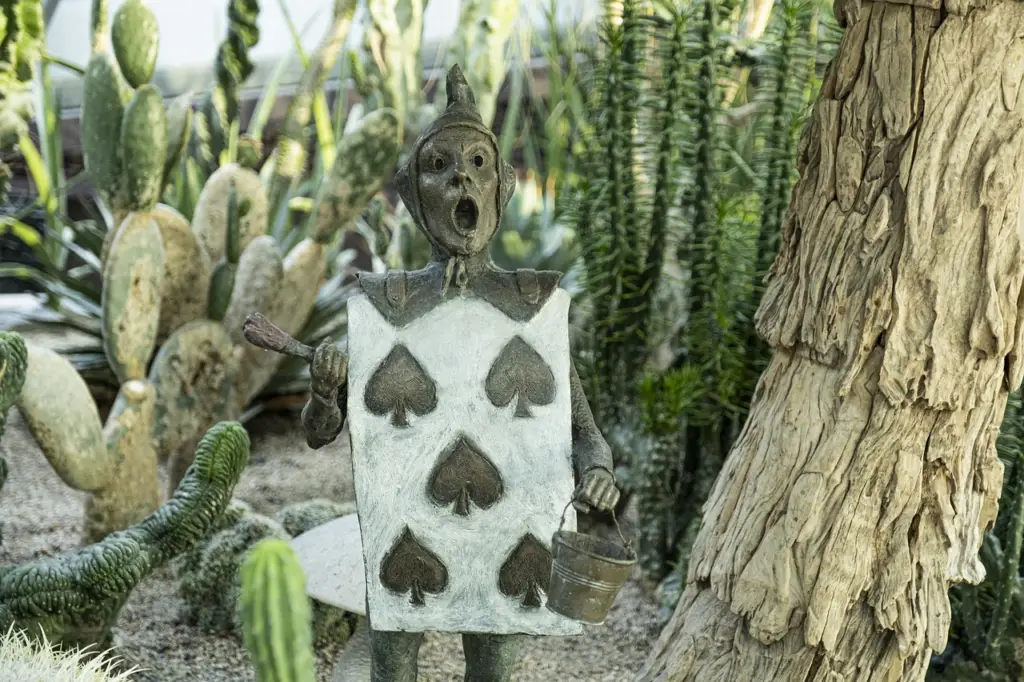[ad_1]
This plant tips shares native plant species from the Southern Good Lakes House in Canada and the US which can be propagated by stem cuttings.
For an in depth tutorial, see how one can take softwood cuttings.
Rising Native Plant Stem Cuttings

There are a number of methods so as in order so as to add native vegetation to your yard (seeds, cuttings, division, transplants) and every methodology has benefits.


This tips shares species you may root from stem cuttings.
My predominant present for this tips is the e-book, The Gardener’s Knowledge to Native Vegetation of the Southern Good Lakes House by Rick Grey and Shaun Product sales home.
The tactic for rising from stem cuttings is a similar for native and non-native vegetation.
Whereas every gardener has their very private preferences, this typically is a widespread overview:
A little bit of plant stem is positioned in moist rising medium to encourage new root enchancment.
As shortly as roots have regular, the mannequin new plant could very effectively be transplanted into the yard.
I’ve outfitted additional detailed how-tos all through the Sources half.
Native Plant File for Cuttings
This tips includes —as researchers can finest decide correct now—vegetation deemed native to various components of the Southern Good Lakes House in Canada and the US.
All the subject of what’s a neighborhood plant is troublesome and attention-grabbing and I’d encourage you to dive into the analysis and be taught additional.
Lastly what factors is how the vegetation we select to develop correct this second in our non-public gardens help our native ecosystems and the co-dependent relationships between vegetation and animals.
I’ve furthermore listed butterflies and moths that depend on these vegetation to nourish their larvae. It’s fairly thrilling to develop these vegetation and uncover the species that depend on them.
Ahead of selecting any vegetation in your yard, affirm native ecological and conservation property to substantiate they’re suited to your rising situations and aren’t thought-about too aggressive or invasive.
Anaphalis margaritacea ~ Pearly Eternal
Larvae host plant for:
- Butterflies: American Lady (Vanessa virginiensis), Painted Lady (Vanessa cardui)
- Moths: Eternal Tebenna Moth (Tebenna gnaphaliella)
Antennaria parlinii ~ Parlin’s Pussytoes
Larvae host plant for:
- Butterflies: American Lady (Vanessa virginiensis)
- Moths: Eternal Tebenna Moth (Tebenna gnaphaliella)
Asarum canadense ~ Wild Ginger
Larvae host plant for:
- Butterflies: Pipevine Swallowtail (Battus philenor)
- Moths: none
Campanula rotundifolia ~ Harebell
Larvae host plant for:
- Butterflies: none
- Moths: none
Chelone glabra ~ White Turtlehead
Larvae host plant for:
- Butterflies: Baltimore Checkerspot (Euphydryas phaeton)
- Moths: Pink-patched Looper (Eosphoropteryx thyatyroides), Turtlehead Borer Moth (Papaipema nepheleptena), Verbena Bud Moth (Endothenia hebesana),
Eupatorium perfoliatum ~ Boneset
Larvae host plant for:
- Butterflies: none
- Moths: Blackberry Looper Moth (Chlorochlamys chloroleucaraia), Burdock Borer Moth (Papaipema cataphracta),Clymene Moth (Haploa clymene), Lined Ruby Tiger Moth (Phragmatobia lineata), Morning Glory Plume Moth (Emmelina mondactyla),
Eurybia macrophylla ~ Massive Leaf Aster
Larvae host plant for:
- Butterflies: Pearl Crescent (Phyciodes tharos), Silvery Checkerspot (Chlosyne nyctei)
- Moths: Aster Borer Moth (Carmenta corni), Asteroid Moth (Cucullia asteroides), Arcigera Flower Moth (Schinia arcigera)
Eutrochium maculatum ~ Noticed Joe Pye Weed
Larvae host plant for:
- Butterflies: none
- Moths: Eupatorium Borer Moth (Carmenta bassiformis), Widespread Pug (Eupithecia miserulata), Ruby Tiger Moth (Phragmatobia fuliginosa), Three-lined Flower Moth (Schinia trifascia)
Geum triflorum ~ Prairie Smoke
Larvae host plant for:
- Butterflies: none
- Moths: Tinagma obscurofasciella
Solidago caesia ~ Blue-stemmed Goldenrod
Solidago nemoralis ~ Grey Goldenrod
Solidago rugosa ~ Highly effective-stemmed Goldenrod
Larvae host plant for:
- Butterflies: none
- Moths: 45 species in step with The Gardener’s Knowledge to Native Vegetation of the Southern Good Lakes House
Symphyotrichum cordifolium ~ Blue Wooden Aster
Symphyotrichum novae-angliae ~ New England Aster
Symphyotrichum oolentangiense ~ Blue Sky Aster
Symphyotrichum pilosum ~ Frost Aster
Larva host plant for:
- Butterflies: Northern Crescent (Phyciodes cocyta), Painted Lady (Vanessa cardui), Pearl Crescent (Phyciodes tharos), Silvery Checkerspot (Chlosyne nyctei), Tawny Crescent (Phyciodes batesi)
- Moths: 40 species in step with The Gardener’s Knowledge to Native Vegetation of the Southern Good Lakes House
Tradescantia ohiensis ~ Ohio Spider wort
Tradescantia virginiana ~ Virginia Spiderwort
Larvae host plant for:
- Butterflies: none
- Moths: none
Verbena hastata ~ Blue Vervain
Larvae host plant for:
- Butterflies: Widespread Buckeye (Junonia coenia)
- Moths: Sparganothis Leafroller Moth (Sparganothis sulfureana), Turtlehead Borer Moth (Papaipema nepheleptena), Verbena Bud Moth (Endothenia hebesana), Verbena Moth (Crambodes talidiformis)
Vernonia missurica ~ Missouri Ironweed
Larvae host plant for:
- Butterflies: American Lady (Vanessa virginiensis), Painted Lady (Vanessa cardui), Crossline Skpper (Polites origenes)
- Moths: Ironweed Borer Moth (Papaipema cerussata), Ironweed Moth (Polygrammodes langdonalis), Ironweed Root Moth (Polygrammodes flavidalis), Parthenice Tiger Moth (Grammia parthenice), Purple Groundling (Perigea xanthioides), Ruby Tiger Moth (Phragmatobia fuliginosa),
Veronicastrum virginicum ~ Culver’s Root
Larvae host plant for:
- Butterflies: none
- Moths: Culver’s Root Borer Moth (Papaipema sciata)
Sources
Study the best way to Root Stem Cuttings
- It’s finest to take cuttings when the plant is actively rising nonetheless not nevertheless budding or blooming. Some cuttings will nonetheless root at utterly totally different conditions, nonetheless that is most likely most likely probably the most dependable time.
- Select a stem with at the least 3 leaf gadgets and in the reduction of (take away from dwelling plant) beneath the underside leaves.
- Relying on the plant, your stem chopping is perhaps between 3 to 8-inches extended.
- Take away the underside set of leaves—that is the place the mannequin new roots will sort. This means this part of the stem have to be positioned beneath the bottom of your rising medium.
- If the stem is youthful and tender, you may root it immediately in moist potting combine or a mixture of moist vermiculite and sand in a container with drainage holes.
- If it’s later all through the rising season, additional sturdy stems can income from rooting hormone.
- Place in gentle location nonetheless avoid direct photograph voltaic and warmth. This may presumably be close to a windowsill in your private dwelling or open air in a sheltered location. You don’t need the rain or wind messing collectively alongside together with your cuttings.
- Defend watered.
Relying on the plant, roots may from in weeks or simply some months. How will you inform? You may even see them. Or, by giving a fragile tug on the stem, you’ll really actually really feel it’s anchored to the rising medium by its new roots. You may also uncover new stem or leaf enchancment up prime.
When roots are correctly established (an inch or longer is an environment friendly guideline), you may transplant your new vegetation to your yard every all through the bottom or in pots.
You should undoubtedly select a location that matches photograph voltaic, soil, and water wants.
Additional Detailed Tutorials
Every of those tutorials reveals the an similar elementary course of.
Eco-Useful Gardening Books
I want to recommend these books due to they get gardeners enthusiastic about ecological gardening and the unimaginable relationships between vegetation and animals. Our future is in our palms!
1 The Pollinator Victory Yard | Kim Eierman | Win the Warfare on Pollinator Decline with Ecological Gardening; Entice and Help Bees, Beetles, Butterflies, Bats, and Utterly totally different Pollinators
2 A Yard for the Rusty-Patched Bumblebee: Creating Habitat for Native Pollinators: Ontario and Good Lakes Mannequin | Lorraine Johnson, Sheila Colla | All the data gardeners ought to take motion to help and defend pollinators, by creating habitat in yards and group areas, on balconies and boulevards, everywhere!
3 The Gardener’s Knowledge to Native Vegetation of the Southern Good Lakes House | Rick Grey and Shaun Product sales home | Distills all the data important for rising 150 species of garden-worthy native vegetation correct proper right into a single, at-a-glance data.
4 Bringing Nature Residence: How You Can Protect Wildlife with Native Vegetation | Doug Tallamy
5 Yard Allies: The Bugs, Birds, & Utterly totally different Animals that Defend Your Yard Stunning and Thriving | Frederique Lavoipierre
6 The Humane Gardener: Nurturing a Yard Habitat for Wildlife (Study the best way to Create a Sustainable and Moral Yard that Promotes Native Wildlife, Vegetation, and Biodiversity) | Nancy Lawson
Rising Native Vegetation From Seed
~Melissa the Empress of Mud ♛
[ad_2]
Present hyperlink
- 3 Indicators Your Onions Are Able to Harvest – Backyard Betty - 1 July 2025
- Planting Methods & Seasonal Upkeep [6.14.25] - 19 June 2025
- June However Nonetheless Not Actually Summer time - 19 June 2025


